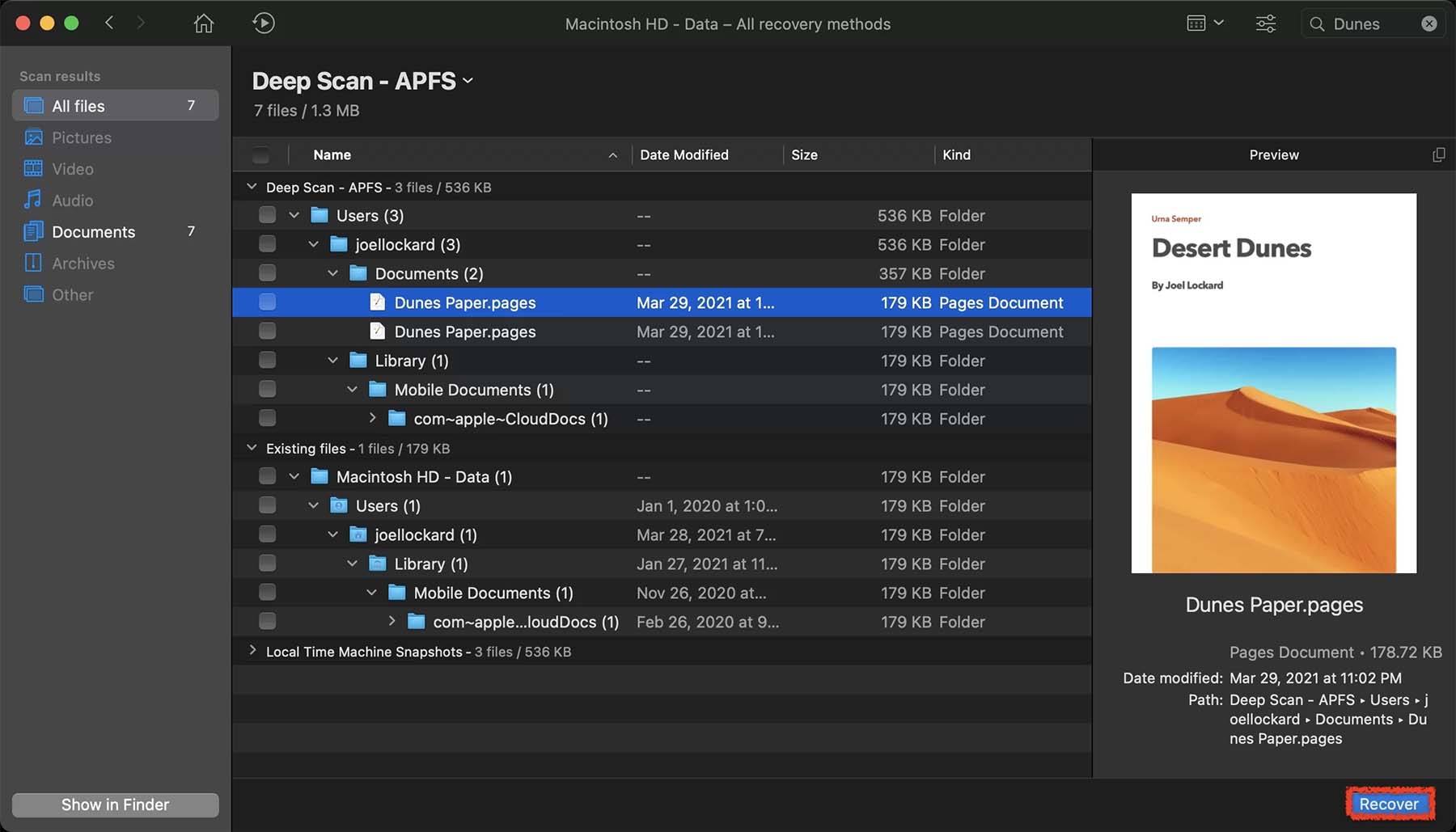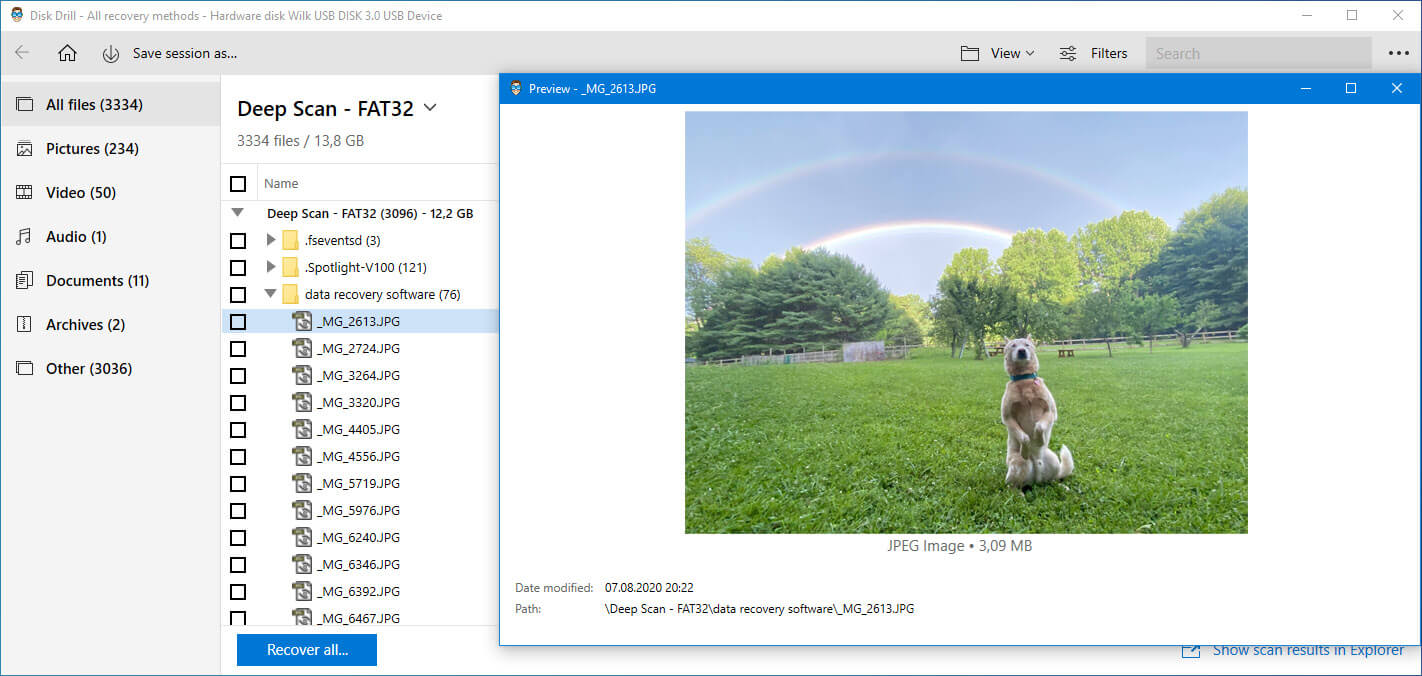

Phase II trials are typically conducted to investigate a dose response relationship, identify an optimal dose, and to investigate safety issues. Phase I trials have small sample sizes (e.g., <20), may enroll healthy human participants, and are used to investigate pharmacokinetics, pharmacodynamics, and toxicity. Phase I trials are the first studies of an intervention conducted in humans. Appropriate precision might be measured by the width of a confidence interval of the difference between the two response rates.Ĭlinical trials are classified into phases based on the objectives of the trial.
#Data rescue 4 trial trial#
For example a trial might be designed to estimate the difference in response rates between two therapies with appropriate precision. Evidence is sought to support the alternative hypothesis. An alternative hypothesis (the statement that is desired to be claimed) is also constructed (often the presence of an effect or difference between groups). The most common is hypothesis testing where researchers construct a null hypothesis (often “no effect” or “no difference”) that is assumed to be true and evidence is sought to disprove it. There are two strategies for framing the research question.

Secondary research questions may also be of interest but the trial design usually is constructed to address the primary research question. Clarity and understanding of the research question can require much deliberation often entailing a transition from a vague concept (e.g., “to see if the drug works” or “to look at the neuro-biology of the drug”) to a particular hypothesis that can be tested or a quantity that can be estimated using specific data collection instruments with a particular duration of therapy.

The design of every clinical trial starts with a primary clinical research question. In superiority trials this means the probability of failing to identifying a treatment effect when indeed a true treatment effect exists. Type II error is the compliment of “power”. The probability of failing to reject the null hypothesis when it should be rejected (i.e., a false negative). In superiority trials this means the probability of (incorrectly) identifying a treatment effect when indeed a true treatment effect does not exist. The probability if rejecting the null hypothesis when it should not be rejected (i.e., a false positive). In superiority trials (e.g., trials designed to show that a new treatment is superior to placebo) this means the probability of identifying a treatment effect when indeed a true treatment effect exists. The probability of rejecting a null hypothesis when it should be rejected. They are generally very large and are typically conducted by pharmaceutical companies for marketing purposes and to gain broader experience with the intervention.
#Data rescue 4 trial registration#
Trials carried out after registration of an intervention. They are sometimes called “confirmatory trials” or “registration trials” in the context of pharmaceutical development.

Generally large trials (i.e., many study participants) designed to “confirm” efficacy of an intervention. Trials typically conducted to investigate a dose response relationship, identify an optimal dose, and to investigate safety issues. These trials often have small sample sizes (e.g., <20), may enroll healthy human participants, and are used to investigate pharmacokinetics, pharmacodynamics, and toxicity. The first studies conducted in humans using an experimental intervention. The strategy implies “analyze as randomized” regardless of adherence or treatment received.Ĭlaim that an investigator desires to disprove. Strategy for conducting a trial and analyzing data. The investigator thus assumes that the compliment (called the null hypothesis) is true and then looks for evidence to disprove the null hypothesis and hence claim the alternative hypothesis to be true. Typically the alternative hypothesis is something that the investigator desires to prove (e.g., that a new treatment is superior to placebo). If sufficient contradictory evidence is observed, then the desired claim has been proven. The scientific method states that to prove something, assume the compliment is true and then look for contradictory evidence. Claim that would like to be made at the end of the trial.


 0 kommentar(er)
0 kommentar(er)
